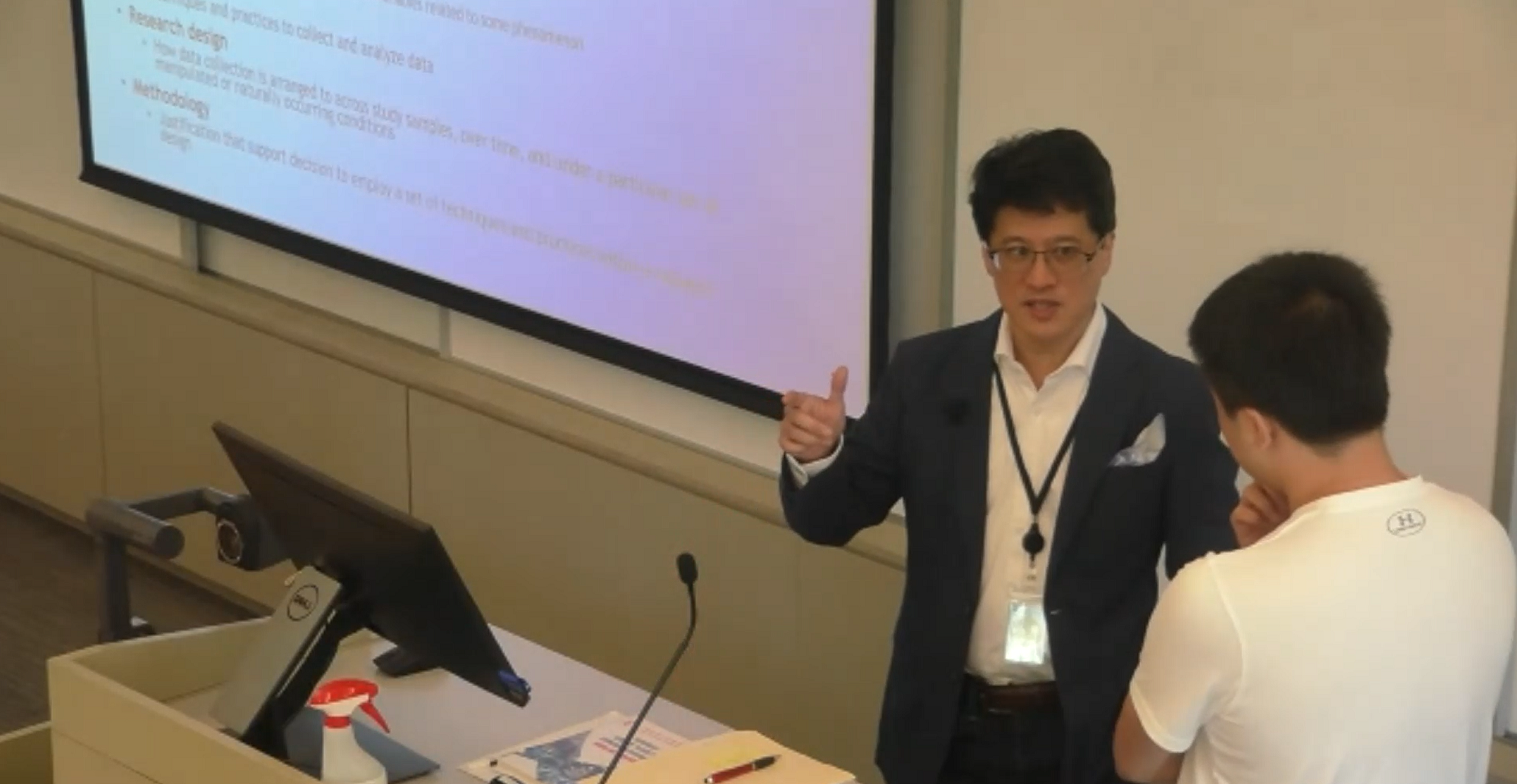Some of the wildest technology news I noted from the past year:
- Green glowing pigs
- Researchers slowing down light with possible usage as storage technology
- 500Ghz frozen computer chips with the possibility of 1 Terahertz computer chips
The last one really hits close to home for me. I remember when I was a younger engineer designing computer chips perhaps seventeen years ago or so when state of the art chips were running at like 33Mhz. At the time, I recall that the DEC Alpha chip was running at like 50-60Mhz and people were saying that it was pretty much impossible to go faster. The clock signals simply couldn’t propagate fast enough or something like that (basically a limitation of physics). Well I guess we were wrong about technology progress slowing down. To put things in perspective, 1 Terahertz equals 1,000,000Mhz.
So as a message to those young engineers out there, in less than two decades one can see a tremendous amount of change in technologies. But more generally I suppose, in that period of time a lot can change in life too. Makes me reflect upon the kind of life we want to leave for future generations.
Edit (2/15/07): And as another technology one, I don’t if some people remember the early nineties. The World Wide Web was just developing then. I think I remember someone showing me the web, and there might have been something like 2 or 3 websites out there (well perhaps there were only a few interesting ones out there). No graphics at all from what I remember. Maybe a dozen hyperlinks or something. Now were are at a point where there are tens of millions of blogs out there, not to mention websites. Wild.
